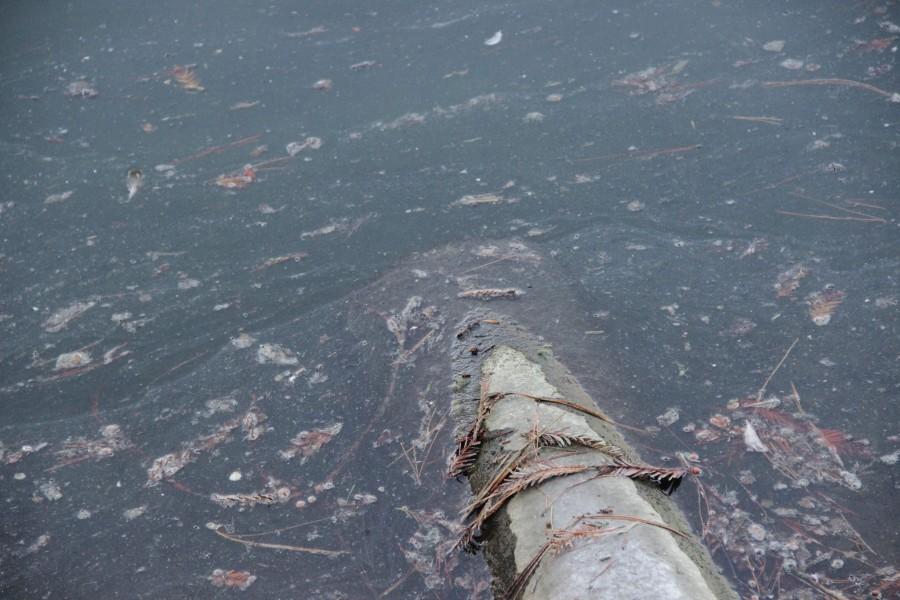What’s in your water?
February 24, 2016
As reports of water contamination crises begin to surface not just in Flint, Michigan but in Ohio and Louisiana, it’s fair for the American public to start asking the question: What’s in your water? Is it really safe to drink?
The simple answer to that question for Diablo Valley College, which gets its water from the Contra Costa Water District is “probably.” The full answer is a bit more convoluted.
With respect to lead, copper, and other heavy metals, rest assured; while, according to CCWD representative Jennifer Allen, there are lead based components in their distribution systems, those components are mostly in linkage and pump controls, rather than the pipes themselves. Further, lead based components are actively being sought out and replaced. Tests have also consistently not found actionable concentrations of the metal in the water. However, the actual levels of lead reported at each facility is not publicly available information.
What is public information, however, is that the CCWD’s annual water report has consistently shown varying concentrations of hexavalent chromium throughout the district, the same substance that was the center of the 2000 biographical film Erin Brockovitch. Hexavalent-chromium, also called chromium-6, has been identified as a genotoxic carcinogen. The chronic inhalation of this has been linked to cancer in the lungs, liver, and kidneys by the Occupational Safety and Health Administration. Researchers have also recently found that chronic ingestion has resulted in tumors forming in the stomach, intestines, and lungs of lab animals.
Officially, the Maximum Contaminant Level has been established at 10 micrograms per liter. While none of the concentrations found in CCWD come close to exceeding this level, they do consistently exceed the Public Health Goal level of 0.02 micrograms per liter by as much as seven times over in some areas. There has been contention among activists and researchers unaffiliated with the state, who claim that the new MCL is hundreds of times too high. Additionally, the new guideline was established ten years late; while the MCL for chromium was mandated in 2004, it was not established and enshrined in law until June of 2014. Furthermore, it was only in 2013 when the annual report began to differentiate chromium-3, a substance required by the human body in small amounts, and chromium-6 the carcinogen.
Additionally, annual water reports from 2008-2014 show trace amounts of N-nitrosodimethylamine, or NDMA in a handful of areas. This is a compound that was used in animal testing labs specifically to induce cancer in mice for medical study in the late 70’s, and currently is a reagent in the synthesis of rocket fuel. It is highly toxic at small dilutions, and is also very difficult to remove from water; reverse osmosis only removes half of all NDMA particles. There is presently no established maximum contaminant level for NDMA, and as of 2014 the CCWD is no longer testing their water for this substance. There is some speculation, noted Allen, that NDMA may be formed as a byproduct of the purification process, but research has not yet been conducted on veracity of this claim.







































































